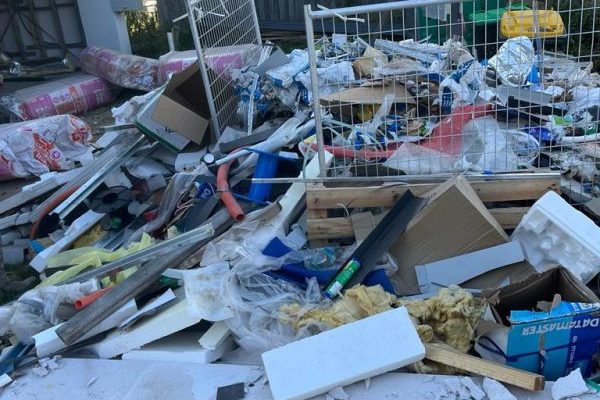In the ever-evolving landscape of industrialisation, the amount of waste generated in Australia is increasing rapidly. Without a doubt, there are varied ways to dispose of the waste materials. The majority of these methods, however, have an adverse effect on the environment. They result in climate change, which makes it difficult for living creatures to support a healthy life. Many firms are, however, searching the other methods that can guarantee the waste dumping in an environmental supportive manner. Read the following informative article to learn everything about green waste disposal in a simplified manner.
Strategies for Eco-Friendly Waste Disposal
Here are some popular methods of green waste disposal you should know:
Recycling
A major waste management technique that is environmentally friendly is recycling. It guarantees that there is a low environmental impact as well as benefits the local people. Plastics, cardboard, paper, and metals, among others, can be recycled and simply reused. The process of recycling waste commences with sorting the waste material into categories. The recyclable ones are all taken to the recycling unit in order to be transformed into reduced carbon emissions. It is worth remembering that when manufacturers use recycled materials in production, minimal energy is required. It is less in comparison to the production of products using new materials.
Waste sites for hazardous waste
Do you know what happens to the harmful trash if not processed with proper disposal practices? The improper damage can cause serious damage to the environment. Besides this, it can put the health of human beings in danger. Keep in mind that batteries, kerosene, etc., are a few examples of the harmful waste. They need to be dealt with in a fully compliant disposal. Therefore, ensure that there is a designated waste location. It will avoid dumping the hazardous waste into the landfills.
Garbage disposal units
Recycling of all the waste products is not advantageous. Therefore, there should be fully-equipped garbage units to avoid the risk of improper waste disposal. Their greatest advantage is that they dispose of the large volume of waste into a small size that can be broken down easily. It is possible to use these particular units to dispose of the kitchen waste safely.
Reuse of Materials
The next viable approach is the reuse of materials, which is the next in the list of sustainable practices. The waste materials, e.g. paper, clothing, etc., can even be used several times, and then they can be discarded. It reduces the unnecessary clutter in the garbage units.
Composting
Another eco-friendly waste disposal method is composting. It has been observed that microorganisms get the energy to convert the organic waste into simpler forms from the carbon in the waste. It is important to note that composting reduces the amount of garbage. It also generates useful materials.
Bioremediation
Going ahead on the list comes the name of the bioremediation. It is also another sustainable way that hazardous waste can be transformed into non-toxic products with the help of the natural degradation process. It is a safer and cleaner process in the long run, although, at the time, it is more time-consuming than you would imagine.
Converting Waste into Energy
Converting waste into energy is another productive way of disposing of the trash. Using this method, it is possible to generate heat or electricity from the waste materials. It also aids in disposing of non-recyclable materials.
Conclusion
This is even though there are various ways of disposing of the waste, but it would be better to select the methods of waste disposal that are only environmentally friendly. It is important to remember that the methods that are eco-friendly not only have little effect on the climate but also do not harm the natural resources. You need to make sure that you use such methods so you can provide a sustainable nature and resources for your future generations.




